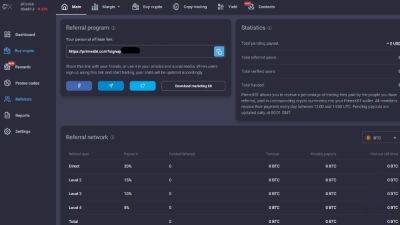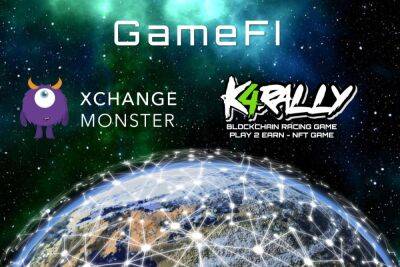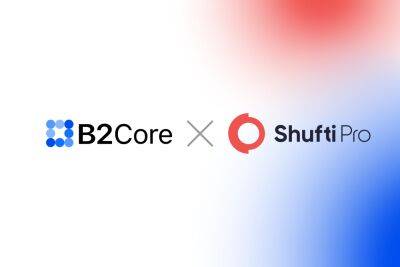NFT copymint & duplicate detection technology provides security & assurance for creators
Digital collectibles, which now exist as nonfungible tokens (NFTs), continue to be released to the market at an unprecedented rate. Unfortunately, the sheer number of new projects makes it difficult for investors to determine which projects are worth the investment. For this reason, many consider the asset's rarity to be a determining factor in how valuable a piece is and how highly sought after the project will be by investors.
The caveat is that NFTs, which are designed to be one-of-a-kind or unique by nature, may become subject to duplication, with data being transformed (cropped, rotated, stretched) or subject to tiny additions that would make a once valuable collector's item a poor knockoff. Therefore, to guarantee digital collectibles' authenticity and rarity, the onus is on the collector or creator themselves to determine or prove the asset's unique worth.
Pastel Network is an NFT-focused blockchain recognized for being a fully decentralized, developer-friendly layer-1 solution serving as the preeminent protocol standard for Web3 technology. The resulting blockchain was built with the intention to address inefficiencies, scalability issues and affordability concerns currently faced by NFT decentralized applications (DApps) that exist on other blockchains. Operating with the NFT space in mind, the project can integrate its technology with any native layer-1 blockchain and layer-2 DApp –– its advanced technology available via APIs such as Pastel's Sense Protocol for Near-Duplicate NFT Detection.
The Sense Protocol enables users to measure the relative rareness of an NFT and to certify its authenticity, thus serving to protect creators and collectors from counterfeits, fraud and scammers. This one-of-a-kind protocol is
Read more on cointelegraph.com









